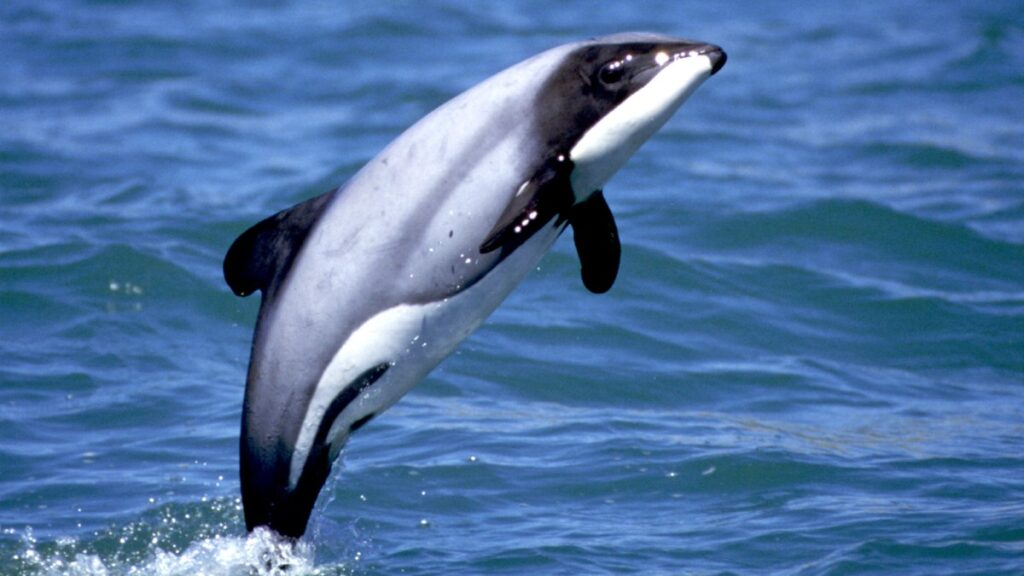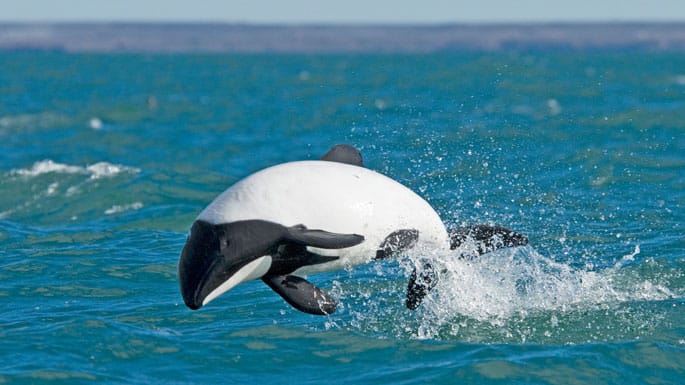The Black-and-White Dolphin, also known as the Indo-Pacific Humpback Dolphin (Tursiops aduncus), stands out as one of the most captivating and noteworthy dolphin species. These medium-sized dolphins are commonly spotted in warm waters, spanning from tropical to subtropical regions.
One of the notable and defining characteristics of the black-and-white dolphin is its distinctive coloration. Their dorsal surface is a deep black, contrasting sharply with the pure white hue of their ventral side, resulting in a striking appearance when they breach the surface of the water.

Black-and-white dolphins typically inhabit small social groups, ranging from a few individuals to several dozen. They commonly engage in cooperative hunting, primarily preying on fish, squid, and other small marine organisms.
Additionally, black-and-white dolphins are well-known for their intelligence and friendly interactions with humans. They are frequently featured in educational initiatives and offer up-close encounters for tourists at beaches and water parks.

Nevertheless, dolphins, including the black-and-white species, encounter various obstacles stemming from habitat loss, human-induced threats such as overfishing and environmental pollution, as well as natural habitat destruction.
It is imperative to safeguard and study the black-and-white dolphin species to secure their ongoing survival and future expansion.





